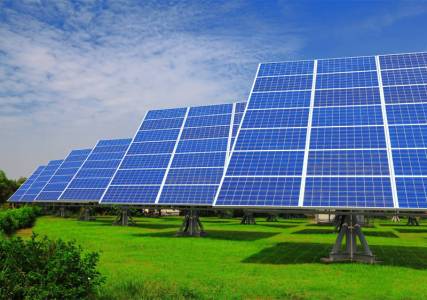
Go green and save green with solar photovoltaic power! This guide delves into the intricacies of solar PV systems, explaining how they work, their benefits, and what to consider before making the switch to clean, renewable energy.
Solar photovoltaic (PV) power harnesses the sun's energy using photovoltaic cells. These cells, typically made of silicon, convert sunlight directly into electricity through the photovoltaic effect. Sunlight striking the cells creates an electrical field, causing electrons to flow and generate a direct current (DC). This DC electricity is then converted into alternating current (AC) – the type of electricity used in homes and businesses – using an inverter.
Ready to embrace clean energy and unlock the power of the sun? Contact us today for a free consultation and learn how solar PV can benefit you!